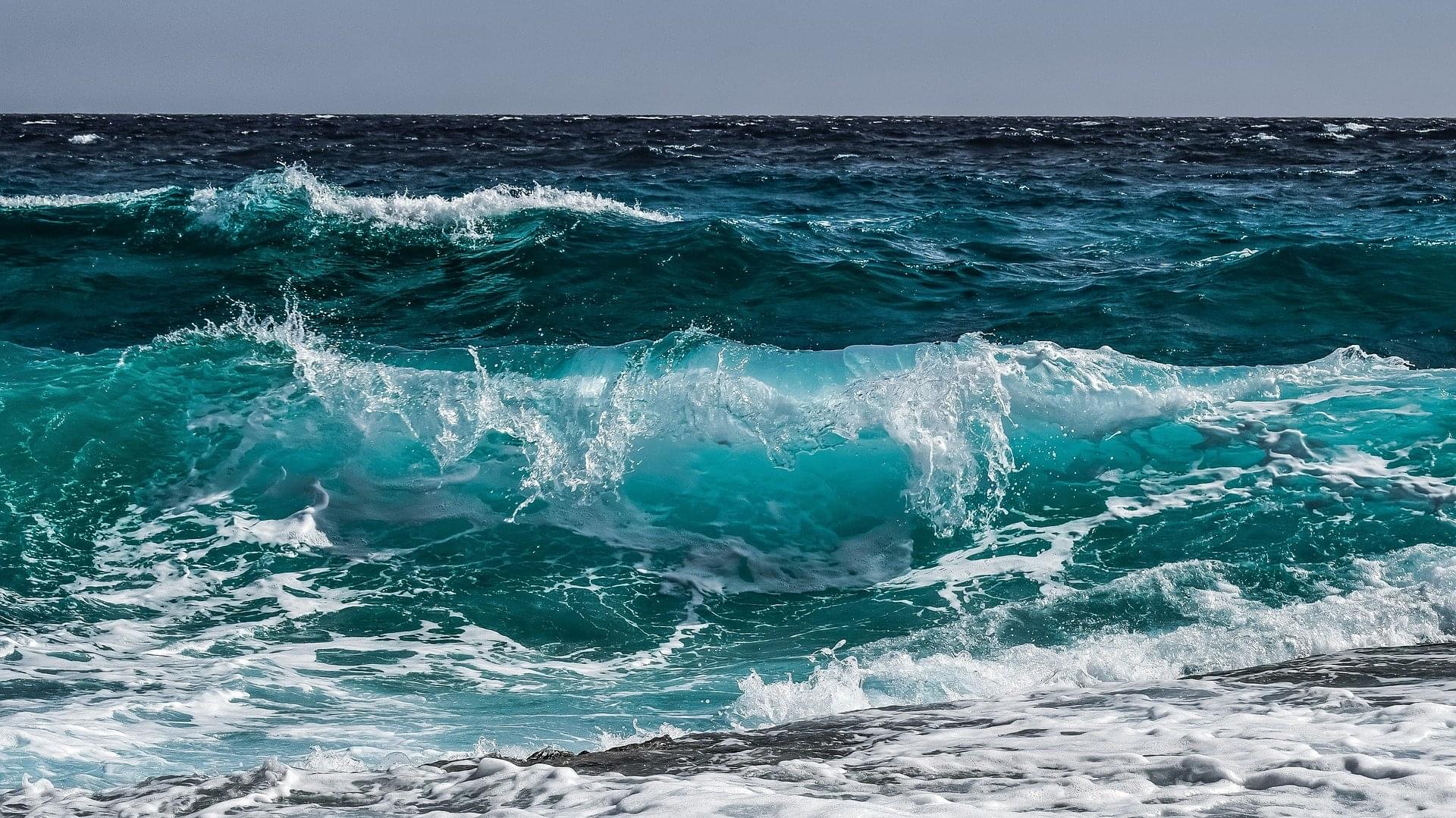Loneliness isn’t just about being alone—it can happen even in relationships. People in unhappy marriages or toxic relationships can suffer from emotional loneliness despite having a social network, showing that quality of relationships matters more than quantity.
Understanding loneliness as multidimensional has significant implications for clinical practice. EL is more strongly associated with mental health conditions such as depression and anxiety. In contrast, SL is less directly linked to psychological distress but remains an indicator of social disconnection. Meta-analyses of loneliness interventions have shown that generic approaches often fail because they do not differentiate between EL and SL, leading to inconsistent results. Cross-sectional studies indicate that EL contributes to depressive symptoms more than SL, and longitudinal research suggests that EL has a stronger predictive value for long-term mental health deterioration. In contrast, SL can often be addressed through social interventions that encourage group participation and community engagement.
Loneliness has profound implications for physical health and mortality risk. Longitudinal studies show that EL, in particular, is associated with increased mortality rates, even after controlling for medical conditions and demographic factors. One explanation is that EL triggers chronic stress responses, leading to adverse physiological effects such as inflammation and weakened immune function. For example, a five-year study of nursing home residents found that EL, but not SL, was a significant predictor of earlier mortality, reinforcing its unique impact on health. While SL also presents health risks, its impact on mortality appears to be less severe than that of EL.







